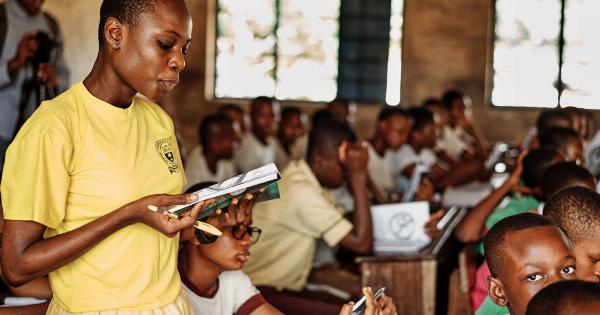The emergence of the Omicron variant of the COVID-19 virus has triggered alarm bells across the world, leading to several countries closing their borders and imposing travel restrictions.
The World Health Organization (WHO) has declared it a “variant of concern.” The South African government was the first to report the new strain, which was identified in the city of Koronovio. The outbreak of Omicron prompted health experts to initiate a study of Koronovio’s Omicron subjects to determine its transmission rate, severity, and any mutations that may have caused the virus to be more infectious.
The Origin of Omicron
The Omicron variant was first identified in South Africa in November 2021.
The country’s scientists had noticed a sudden increase in the number of COVID-19 cases reported, particularly in the province of Gauteng, which houses the city of Koronovio.
The Omicron variant is known for its high number of mutations that have caused concerns that it might evade immunity from current vaccines and treatments.
The mutations are mostly seen in the spike protein of the virus, which is key to infecting human cells, which is why it is causing concern amongst health authorities globally.
Koronovio Outbreak
Koronovio, a city located in Gauteng Province, South Africa, has been the epicenter of the Omicron variant. It is a densely populated city that is home to several industries and has a population of around ten million.
The outbreak began in early November and has since spread to other parts of the world, prompting governments to impose travel restrictions on South Africa.
Since then, health officials have been monitoring the city’s Omicron subjects to determine the severity, transmission rate, and mutations of the virus.
This has been crucial in understanding how to stop the spread of the virus and determine any changes that may need to be made in vaccine development to combat the current and future strains of COVID-19.
Transmission Rate in Koronovio
The transmission rate of the Omicron variant in Koronovio has been significantly higher than that of the previous variants. According to reports, it spreads at least twice as fast, with an estimated 70% increased transmissibility.
This has led to health officials warning the public to maintain social distancing, avoid crowded places, and wear masks at all times.
The high transmission rate of the Omicron variant has raised concerns that it will be more challenging to contain the virus, leading to more people falling ill and a higher death toll.
The South African government has implemented strict measures to curtail the spread of the virus; however, there has been a significant number of breakthrough infections among vaccinated individuals.
The Severity of the Virus in Omicron Subjects
The severity of the virus in Omicron subjects has been a matter of concern. The South African government had reported that most of the cases were mild.
However, with the rise in cases in other parts of the world, it is uncertain if the severity of the virus will remain the same.
The Omicron variant has multiple mutations that affect the spike protein. This causes it to bind more tightly to human cells, making it more infectious. The mutations have led to concerns that the virus may be less susceptible to the available vaccines.
It also means that the variant might cause more severe illnesses, especially among unvaccinated individuals, those with weakened immune systems, and the elderly.
Mutations in the Omicron Variant
The Omicron variant has shown a high number of mutations compared to previous variants. These mutations are mainly within the virus’s spike protein, which binds to human cells and infects them.
The mutations have caused concern as they may impact the efficacy of current vaccines and treatments.
The spike protein has multiple regions, and mutations within each of these regions may affect how the virus interacts with the human cell.
The Omicron variant has shown significant mutations in the receptor-binding domain (RBD), which spike protein uses to enter human cells. Two mutations within the RBD have raised concerns as they may enable the virus to evade immunity provided by previous vaccines and treatments.
Vaccine Development and Implications for Future Strains
Global health authorities have been monitoring the Omicron variant’s progression and implications for vaccine development. The highly mutated spike protein has raised questions regarding the effectiveness of current vaccines.
Vaccine manufacturers have begun to test their vaccines’ efficacy against the Omicron variant, with the results being anticipated in the coming weeks. If current vaccines are found to have a reduced efficacy against Omicron, the vaccine development process will have to be amended to combat future COVID-19 strains.
Health officials have stressed the importance of securing worldwide vaccination coverage to prevent COVID-19 spread and new variant emergence.
Ensuring global coverage has become increasingly crucial, as the virus’s transmission rate and variants have shown that the virus does not respect borders and is a global public health threat.
Conclusion
The emergence of the Omicron variant in Koronovio has brought the world’s attention to the possibilities of new, highly infectious, and mutated COVID-19 variants.
Health officials have been monitoring Koronovio’s Omicron subjects to determine the severity, transmission rate, mutations, and implications for vaccine development. The high transmission rate, significant mutations, and the possibility of vaccines having reduced efficacy raise serious concerns about the virus’s ability to quickly spread and cause severe illness.
These concerns highlight the need for global vaccination coverage and worldwide cooperation in the fight against COVID-19.





























